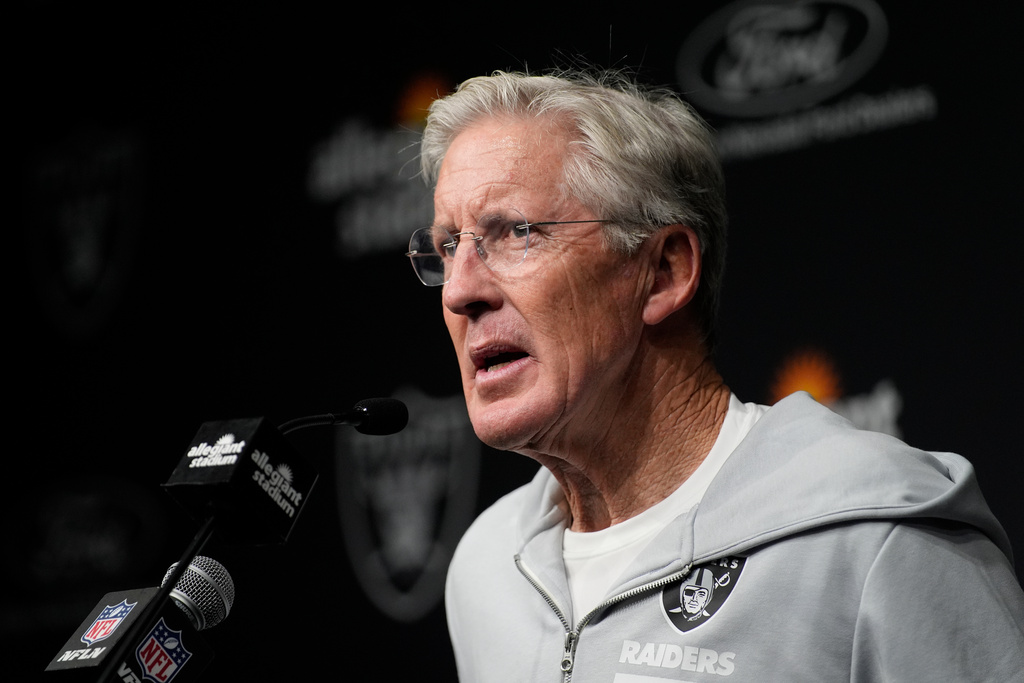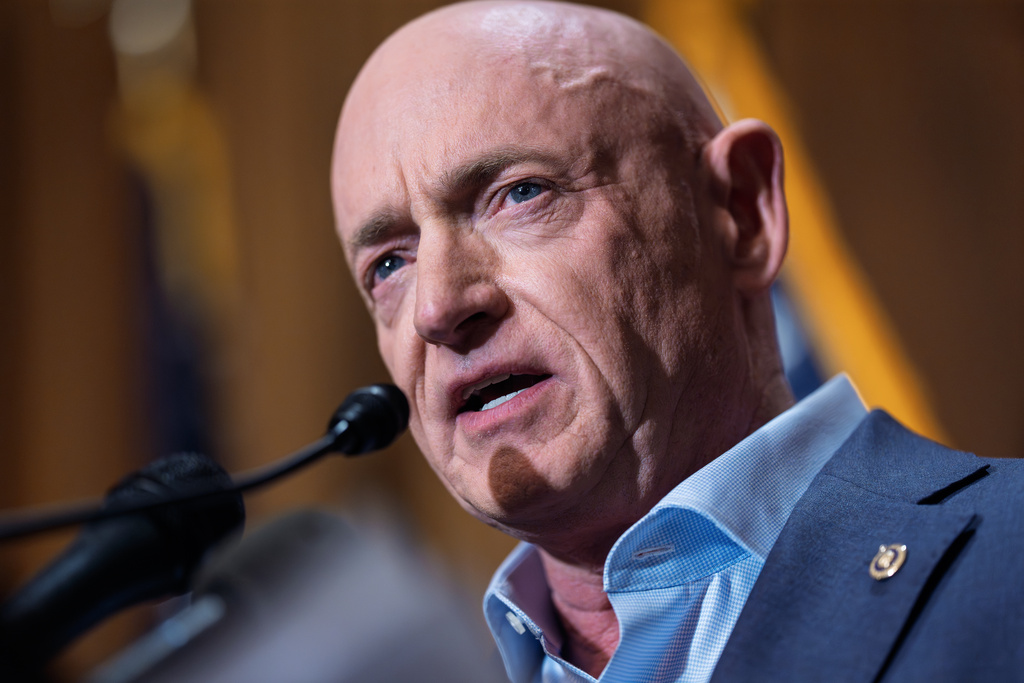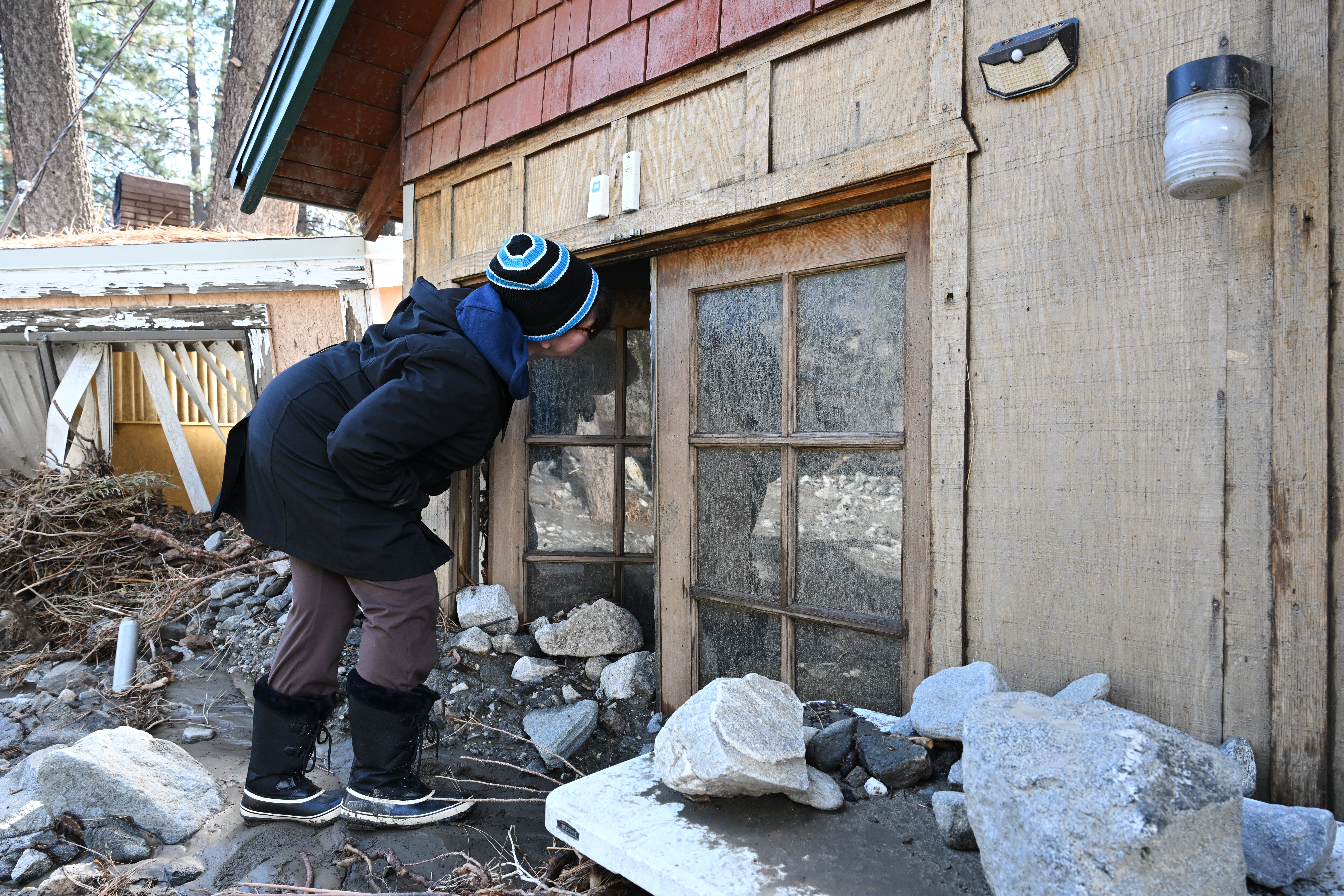Weather and human factors can all contribute to the risk of wildfires. In California's case, the risk is especially high thanks to years of historically low rainfall.
Jon Heggie, a fire behavior specialist with Cal Fire, or the California Department of Forestry and Fire Protection, explains how those factors are making it harder to fight wildfires.
"We understand now that the way these fires grow, it is not how they used to be," Heggie said. "The humidity, the wind and the temperature — those were the key factors, but what we're seeing now is years and years of drought. The fuel is also becoming a large contributing factor of fire behavior."
At least some of that fuel — or materials that fires burn — are the millions of dead trees across California. According to the U.S. Forest Service, 129 million trees on 8.8 million acres died between 2010 and 2017.
"It's a tinderbox waiting to explode," Heggie said.
For a crew fighting a wildfire, the highest priority is public and firefighter safety. The second-highest priority is containment. Firefighters halt the spread of a wildfire with air support and ground crews.
"The air tankers will come in and knock the heat out of it," Heggie said. "The engine companies will come in behind that and put the hose lines in to extinguish it, and then the hand crews will come behind them last to cut the fire break."
"In Cal Fire, we use inmate hand crews, which is a group of approximately 15 people per crew," Heggie said. "They do the grunt work, the most difficult and challenging work of using hand tools and chainsaws to cut a 4- to 8-foot path along the fire's edge, separating the burned from the unburned all the way down to mineral soil. So it's basically like creating a large walking trail on the fire's edge to ensure that any of that hot material doesn't continue to burn or ignite the unburned material.
"Once those things are completed and the engine companies come in and extinguish all the hot material anywhere from 100 to 300 feet, that's when we're able to safely call that portion of the fire contained."
But as cities and development spread, that job is getting more complicated.
"What we've seen over the years is a much larger wildland-urban interface," Heggie said. "The amount of population in the unincorporated areas has grown tremendously. So we'll have wildland fires that start in the backcountry; it affects a lot more people a lot more quickly."
And even heavy rain, which can help extinguish a fire, isn't all good news when it comes after drought conditions.
"We got a banner amount of rain that basically took us from a drought to an above-normal year," Heggie said. "So what that did, that gave all our fine fuels, all the grass, all the annual grasses, the opportunity to finally germinate and sprout. So our grass loading is double, sometimes triple, what it is in a normal year. Now, this time of the year, all that grass is completely dead and dried. It is an extremely receptive fuel bed."
It's the latest in a string of challenges that make fighting wildfires more difficult and dangerous. But new technology is giving firefighters a boost — like how NASA's Jet Propulsion Laboratory is using satellites to help spot fires and track their movement.
"We understand that the game has changed," Heggie said, "and we're making the appropriate adjustments to change the way we suppress fires in these new environments."




 California's Wildfires Are Forming A Newly Classified Type Of Cloud
California's Wildfires Are Forming A Newly Classified Type Of Cloud






